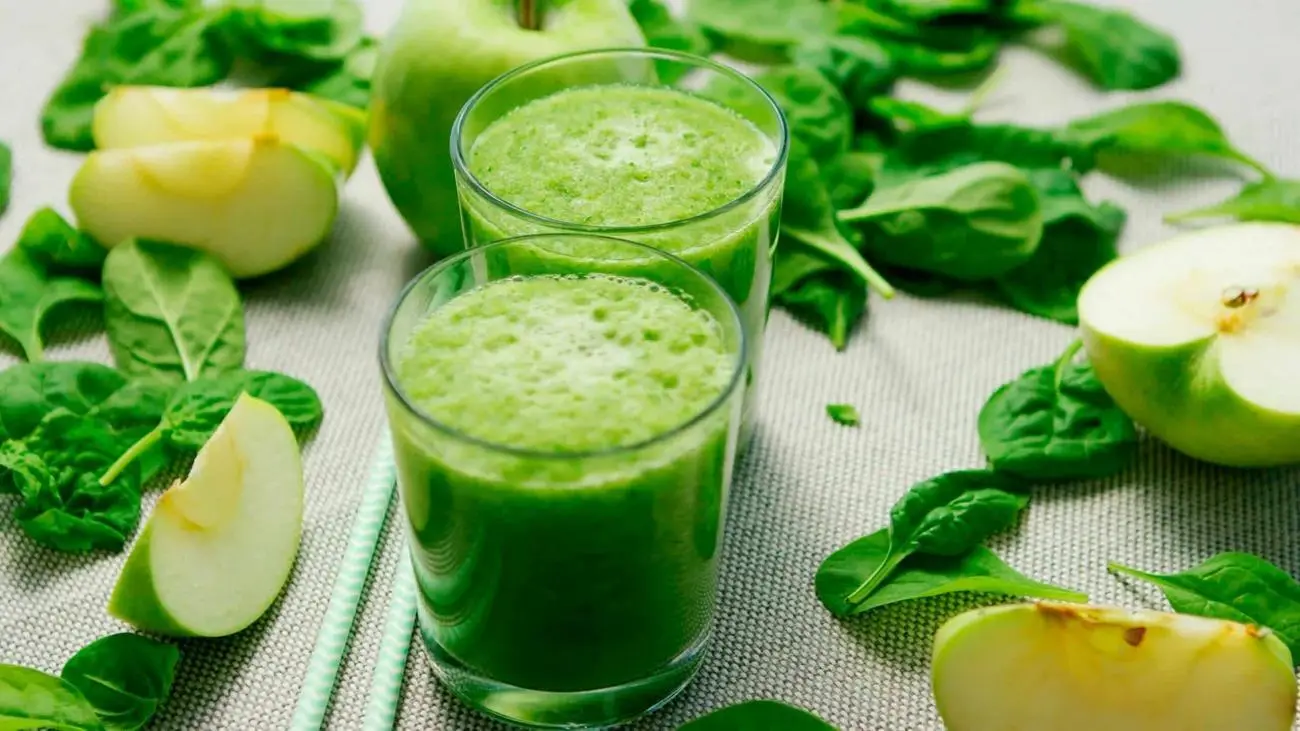Mastering Seed Germination for Microgreens

Mastering Seed Germination for Microgreens: Techniques, Environmental Considerations, Seed Sowing Density, and Mold Prevention
Introduction
Seed germination is a critical step in the successful cultivation of microgreens, offering a burst of flavor, nutrition, and vibrant colors to culinary creations. Understanding the techniques, environmental factors, seed sowing density, and the importance of mold prevention is essential for microgreen growers.
In this article, we will explore various seed germination techniques specific to microgreens, delve into considerations such as temperature, light, humidity, and the choice between weighted and non-weighted methods, discuss the significance of seed sowing density, and highlight the importance of proper airflow and mold prevention.
By applying this knowledge, you can maximize the germination success of microgreen seeds, optimize growth conditions, and cultivate a great harvest of flavorful and nutritious microgreens.
Seed Germination Techniques
Direct Sowing: Direct sowing is a popular technique for microgreens. Seeds are evenly sprinkled onto a growing medium such as soil, coconut coir, or hydroponic mats. Microgreens suitable for direct sowing include broccoli, radish, amaranth, kale, arugula, mustard, cabbage, mizuna, tatsoi, beet, cilantro, basil, pea shoots, chard, sunflower, wheatgrass, fenugreek, dill, spinach, lettuce, Swiss chard, and sorrel. The natural environmental conditions, including temperature fluctuations and exposure to light, promote successful germination and rapid growth of microgreens.
Pre-germination or Stratification: Pre-germination is not commonly used for microgreens, as they are typically grown for a short period. However, certain microgreens with hard seed coats can benefit from pre-soaking to enhance germination. Examples include sunflower microgreens, pea shoots, chia, flax, pumpkin, corn, quinoa, and amaranth. Soaking these seeds for a few hours before sowing can help soften the seed coat and improve germination rates.
Scarification: Scarification is generally not required for microgreens, as their seeds are typically small and do not possess hard seed coats. However, if you plan to grow larger microgreens like sunflowers or buckwheat, you can lightly nick the seed coat using a file or sandpaper to facilitate water absorption and hasten germination.
Environmental Considerations
Temperature: Temperature is crucial for successful microgreen seed germination. Most microgreens prefer temperatures between 60°F and 75°F (15°C to 24°C).
Examples of microgreens that thrive in these temperature ranges include basil, kale, mustard, arugula, radish, cabbage, mizuna, tatsoi, chard, beet, broccoli, cilantro, dill, fennel, sorrel, wheatgrass, pea shoots, sunflower, amaranth, buckwheat, quinoa, flax, corn, and chia.
Using a seedling heat mat or maintaining a consistent ambient temperature in a controlled environment can help achieve optimal germination temperatures.
Light: Light plays a vital role in microgreen seed germination. While most microgreens require exposure to light to trigger growth, certain microgreens benefit from being grown under blackout conditions for a few days after sowing. This technique, known as blackout germination, involves covering the seeds with a blackout dome or placing them in a dark environment. It encourages elongation and improves the quality of the microgreens.
Examples of microgreens that benefit from blackout germination include sunflower microgreens and pea shoots. However, it's important to note that not all microgreens require blackout germination, and it's crucial to research the specific requirements of each variety.
Humidity: Maintaining adequate humidity levels is essential for microgreen seed germination. Microgreens prefer a moist environment without excessive moisture.
Examples of microgreens sensitive to humidity include broccoli, chia, cilantro, sunflower, radish, amaranth, mizuna, tatsoi, basil, cabbage, mustard, kale, wheatgrass, pea shoots, sorrel, lettuce, Swiss chard, and fenugreek.
Covering the seeds with a clear plastic dome or using a humidity dome helps retain moisture and create a microclimate suitable for germination.
Weighted vs. Non-weighted Methods: The weighted method is not commonly used for microgreens as their seeds are small and typically don't require external pressure for germination.
Microgreens like radish, kale, arugula, and lettuce are suitable for non-weighted germination. They are sown directly onto the growing medium without additional pressure.
Soaking vs. Non-soaking: Soaking is not a common practice for microgreens as they are usually grown for a short period. However, if you plan to grow larger microgreens like sunflowers, soaking the seeds for a few hours before sowing can help soften the seed coat and enhance germination rates.
However, most microgreens, such as broccoli, basil, chard, and lettuce, do not require soaking.
Seed Sowing Density
Seed sowing density, measured in grams per square centimeter (g/cm²), is an important consideration for microgreen growers as it affects the overall yield, quality, and spacing between microgreens on the growing medium.
The appropriate seed sowing density varies depending on the microgreen variety, desired harvest size, and the size of the tray being used. It's important to strike a balance between allowing sufficient space for each microgreen to grow while maximizing the number of microgreens per area.
For example, if you have a 10" x 20" tray with a total area of approximately 1290 square centimeters, and the recommended sow rate for broccoli seeds is 28 grams per 10" x 20" tray, you can calculate the seed sowing density as follows:
28 grams / 1290 square centimeters ≈ 0.0217 grams per square centimeter
Based on this calculation, the recommended sow rate for broccoli seeds in this 10" x 20" tray would be approximately 0.0217 grams per square centimeter.
It's important to note that sow rates may vary for different microgreen varieties and tray sizes. These calculations provide a starting point, but it's always recommended to adjust the seed sowing density based on personal preference, observations, and desired results (Natural Yield provides the recommended sow rates on our seed packs).
Regularly monitoring the growth of your microgreens will help you fine-tune the seed sowing density to achieve optimal growth and a satisfying harvest.
Importance of Proper Airflow and Mold Prevention
Proper seed density is crucial for maintaining adequate airflow and preventing mold growth in microgreens. When seeds are sown too densely, the microgreens can become overcrowded, limiting airflow between the plants. Insufficient airflow creates a favorable environment for mold and fungal growth, which can lead to damping-off or other diseases.
On the other hand, sowing seeds too sparsely can leave gaps in the tray, allowing excess moisture to accumulate and creating favorable conditions for mold as well. Finding the right balance in seed density ensures sufficient spacing between microgreens, allowing for proper air circulation and reducing the risk of mold.
Adequate airflow helps in maintaining optimal humidity levels, preventing the buildup of excess moisture and the proliferation of mold. Regularly monitoring the seed density and adjusting it based on tray size, microgreen variety, and environmental conditions is essential for promoting healthy growth, reducing the risk of mold, and achieving successful microgreen cultivation.
Conclusion
Achieving successful seed germination and growth of microgreens requires employing various techniques, considering environmental factors, determining the appropriate seed sowing density, and ensuring proper airflow and mold prevention.
By incorporating direct sowing, understanding temperature and light requirements, maintaining suitable humidity levels, fine-tuning the seed sowing density, and promoting adequate airflow, you can maximize germination rates, optimize growth conditions, and cultivate a bountiful harvest of flavorful and nutritious microgreens.
With this knowledge, experimentation, and observation, you'll be well-prepared to embark on your microgreen-growing journey and enjoy the rewards of homegrown, fresh microgreens.













